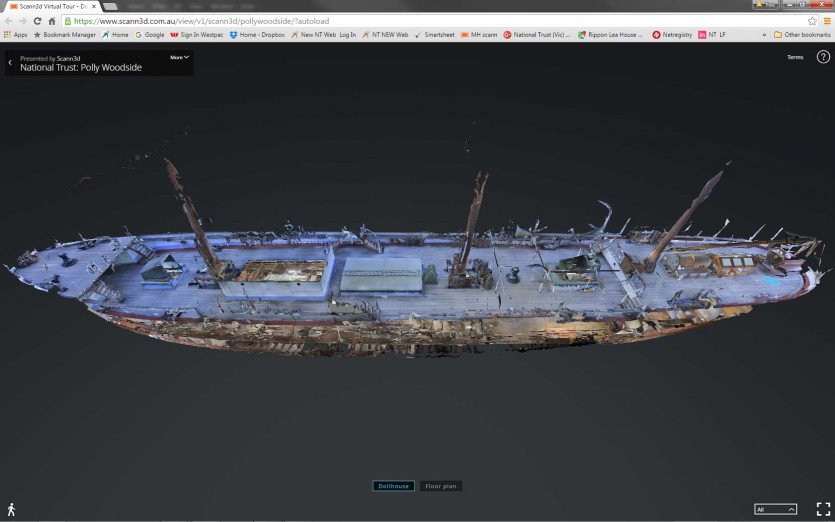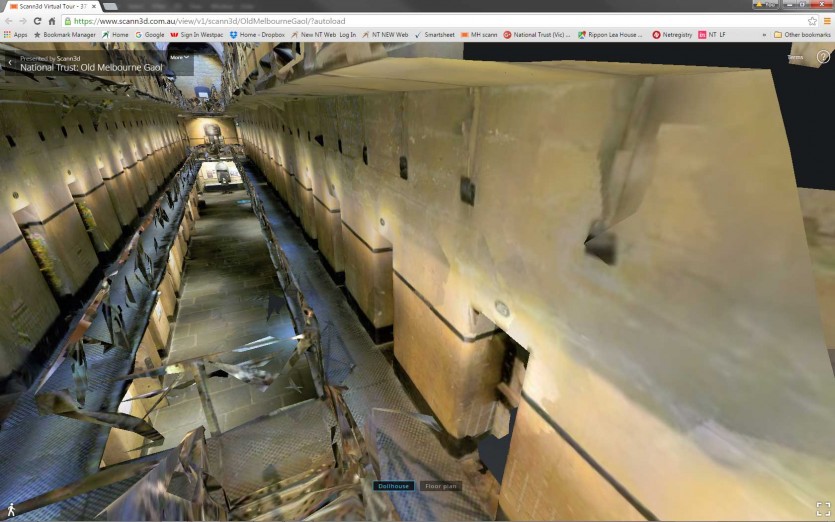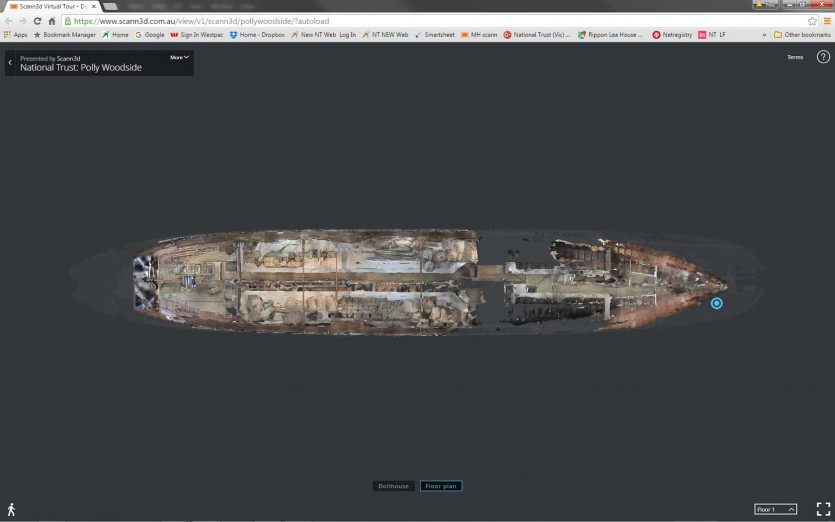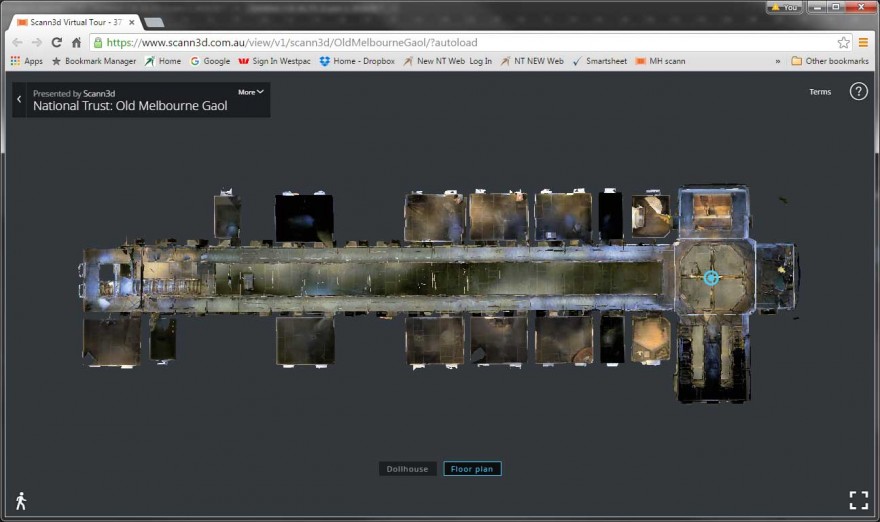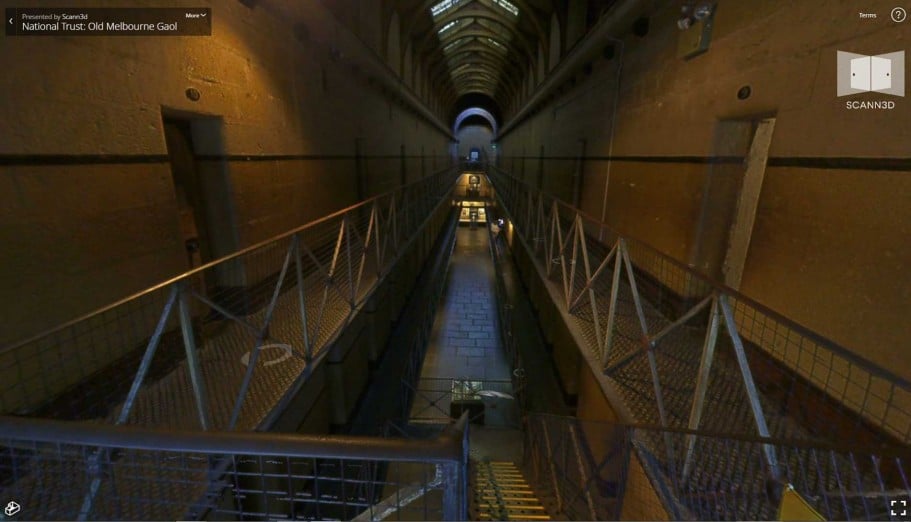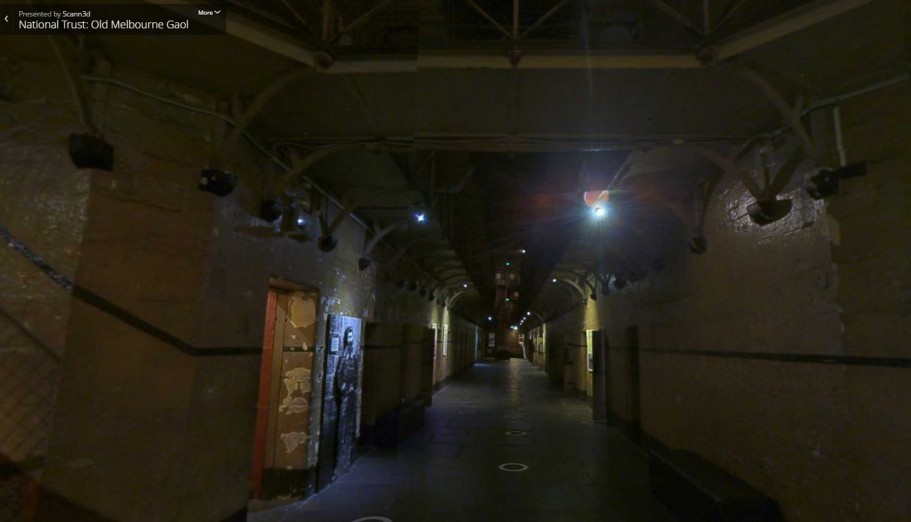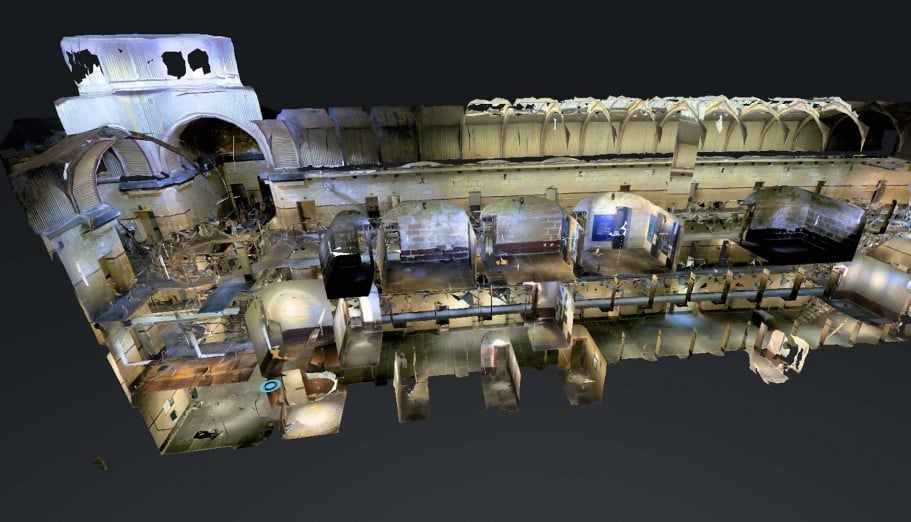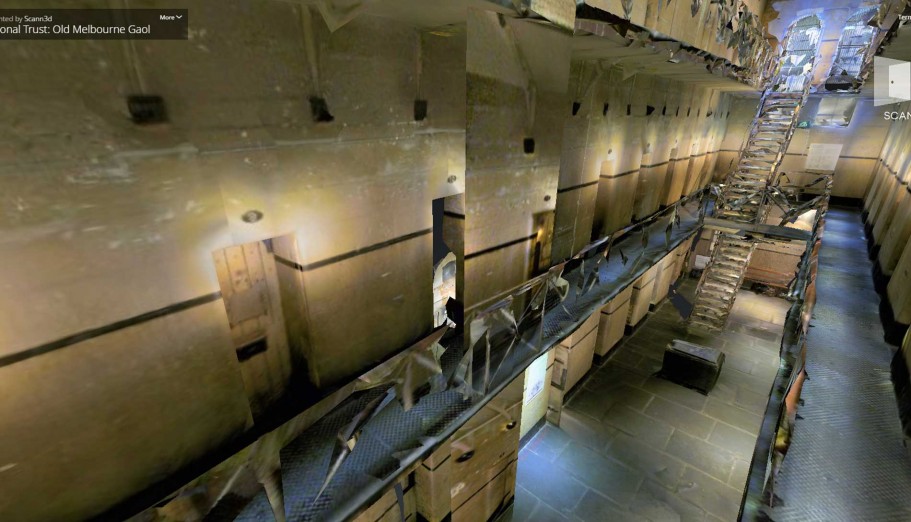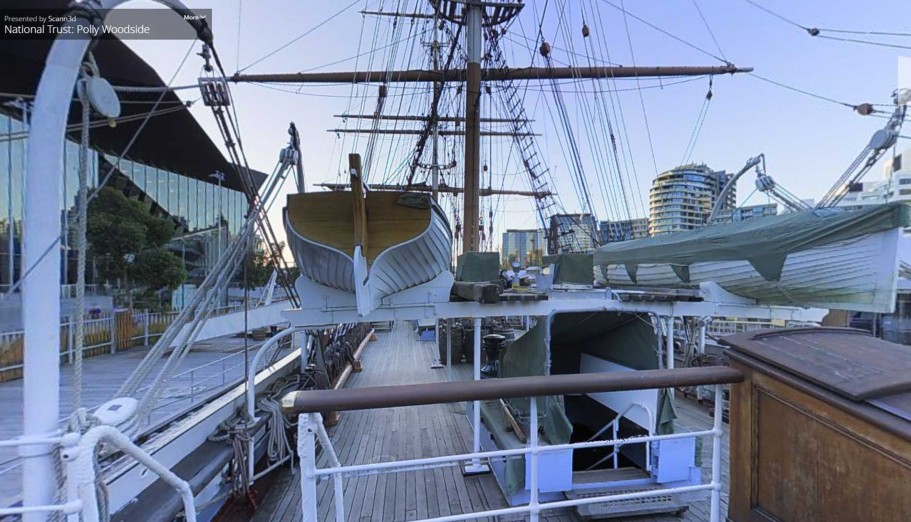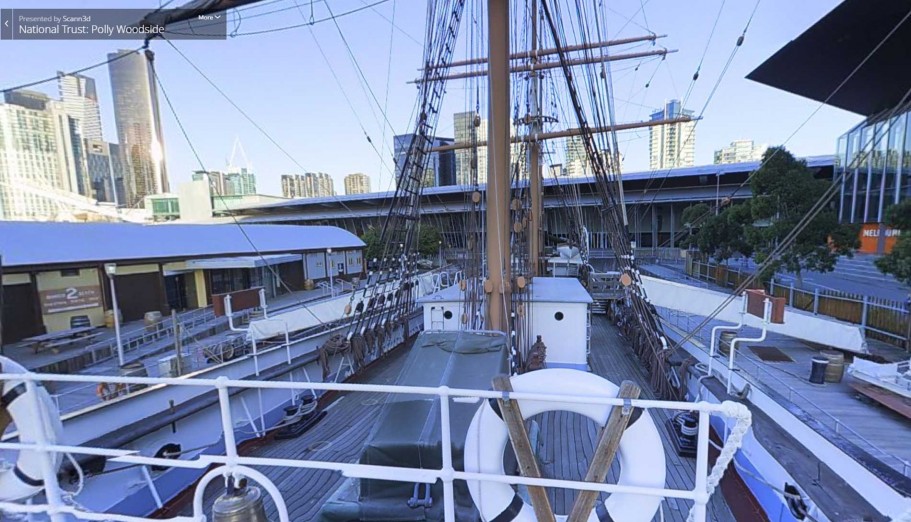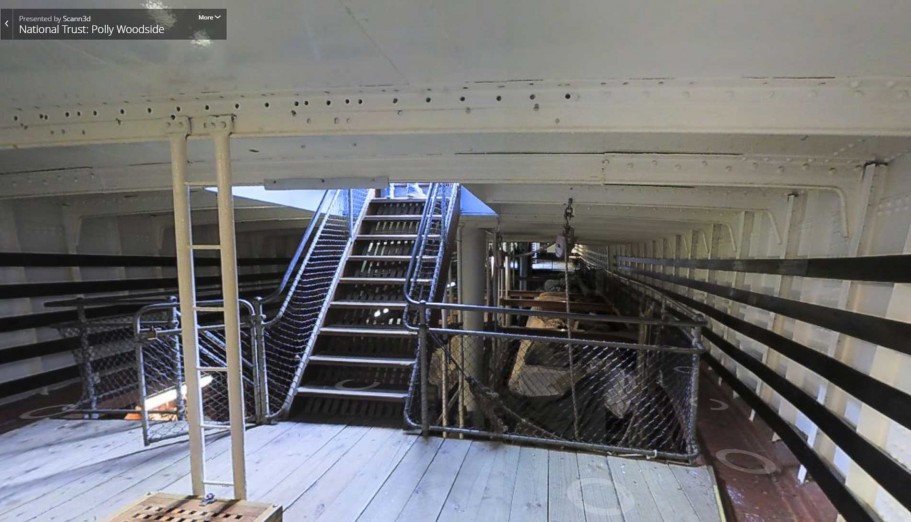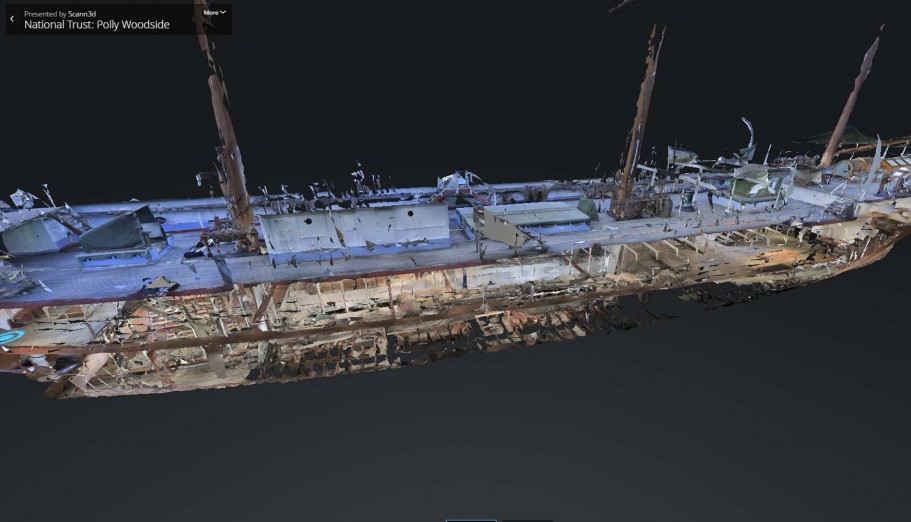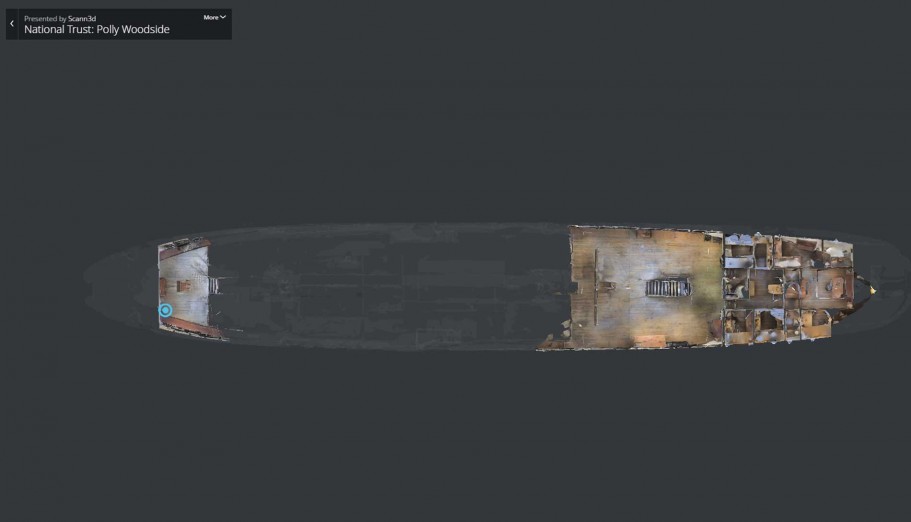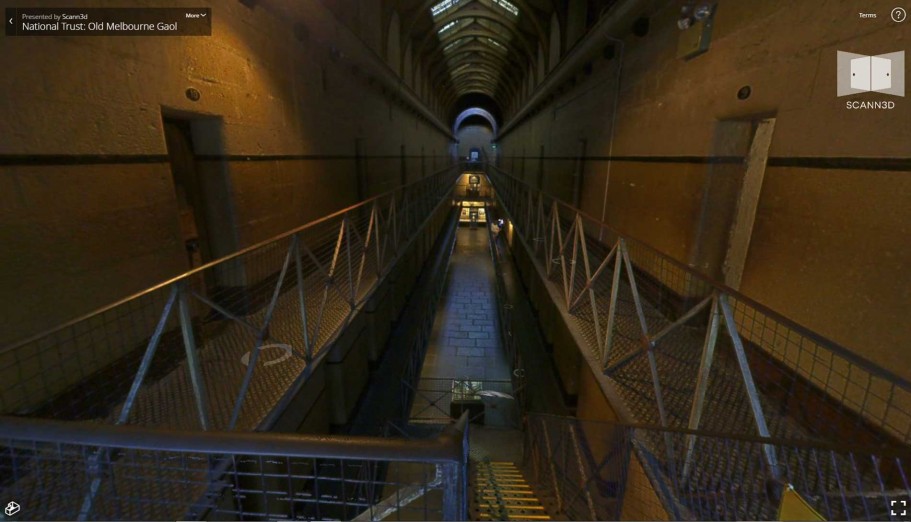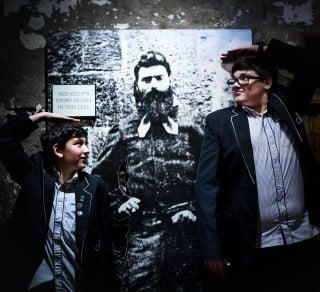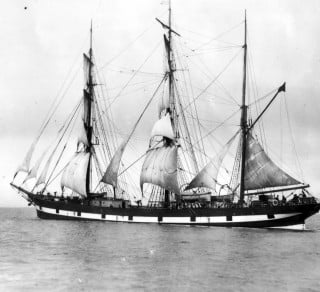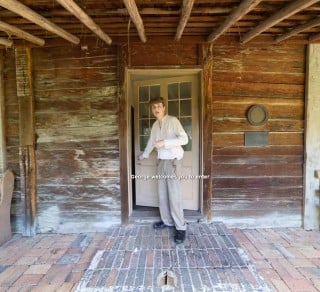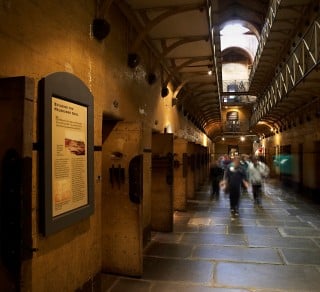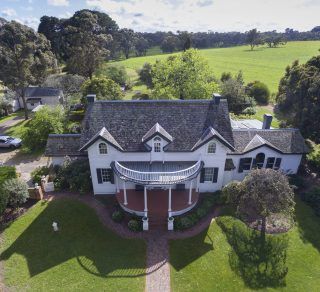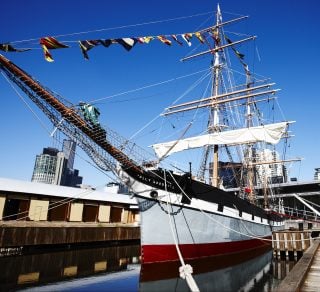You can explore from your desk some of Victoria's most intriguing historic sites as if you were in a video game.
Take a virtual visit of our historic sites using new 3D technology.
This application lets you wander around our sites and see them just as though you could really walk around from room to room or place to place. We have scanned two very different properties and made them available for you to explore.
Visit the Polly Woodside Tall Ship – click here
Suitable for Yr 5 and above.
Students can explore all three levels of the Polly Woodside, a fine example of a merchant fleet sailing vessel from the late 19th Century.
The Polly Woodside was built in Ireland in Belfast’s shipyards in 1885 and was named after the owner’s wife Marian ‘Polly’ Woodside.
Polly Woodside sailed on 17 journeys between 1885 and 1904, rounding the notorious Cape Horn – the ‘sailors’ graveyard’ 16 times. She also visited ports all around the world.
Renamed Rona in 1904 she sailed the Tasman and Pacific trade routes until 1922, before ending her working life as a coal hulk in the Port of Melbourne.
Visit the Old Melbourne Gaol – click here
Suitable for Yr 8 and above.
Age Warning: – The Old Melbourne Gaol is an original 19th Century prison and is an unsuitable environment for lower and mid primary levels to explore.
Explore the Old Melbourne Gaol across three levels and spend time inside a gaol cell. The Gaol has many stories told in the text panels on the walls about the many felons and convicts who spent time there including bushranger Ned Kelly.
When the Old Melbourne Gaol was built in the mid-1800s, it dominated the Melbourne skyline as a symbol of authority. Inside the Gaol, dangerous criminals were held alongside petty offenders, the homeless and the mentally ill.
Between 1842 and its closure in 1929 the gaol was the scene of 133 hangings including Australia’s most infamous citizen, the bushranger Ned Kelly. Today you can visit the Old Melbourne Gaol to find out was life was like for the men and women who lived and died here all those years ago.


